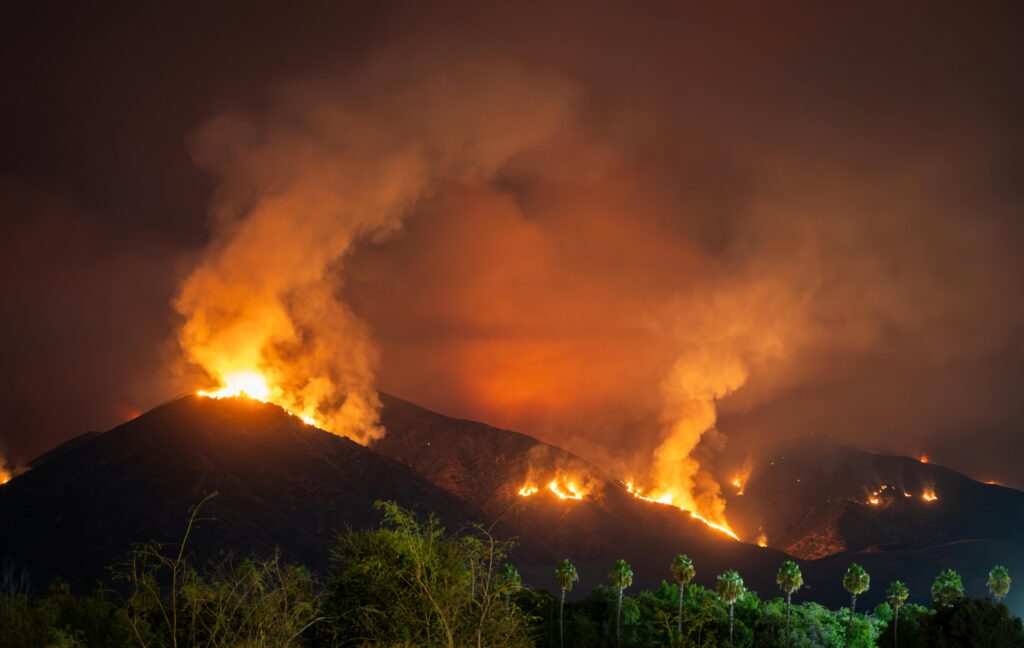
California Fires
Understanding the California Fires
Why Are Wildfires So Common in California?
California has become synonymous with wildfires, especially in recent decades. Its unique geography, climate, and vegetation create the perfect storm for frequent fires. Prolonged droughts, dry winds like the Santa Ana, and highly flammable vegetation act as kindling, while human activities such as campfires, electrical faults, and arson often ignite the flames.
Historical Perspective on California Wildfires
Wildfires have always been part of California’s natural ecosystem. Indigenous communities once used controlled burns to manage forests. However, urbanization and climate change have significantly increased the frequency and intensity of these fires, turning them into catastrophic events.
The Science Behind Wildfires
Key Factors That Fuel Wildfires
Several elements drive wildfires:
- Fuel: Dry vegetation provides ample fuel for fires to spread rapidly.
- Weather: High temperatures, low humidity, and strong winds accelerate fire growth.
- Topography: Steep slopes allow fires to move faster uphill, making mountainous areas particularly vulnerable.
The Role of Climate Change in Wildfire Intensity
Climate change exacerbates wildfire risks by increasing temperatures and altering rainfall patterns. Extended dry seasons and droughts leave forests parched, while rising global temperatures create a more conducive environment for fires.
The Impact of California Fires
Environmental Consequences
California wildfires wreak havoc on ecosystems. Entire habitats are obliterated, endangering species and destroying biodiversity. Additionally, the smoke from these fires worsens air quality, posing serious health risks to residents and contributing to greenhouse gas emissions.
Economic Impact
The financial toll of wildfires is staggering. Firefighting efforts cost billions of dollars annually. Beyond that, homes, businesses, and infrastructure are often destroyed, leading to massive economic losses for individuals and the state.
Social and Community Effects
Wildfires force thousands to evacuate, leaving families displaced for months or even years. The psychological toll of losing homes and loved ones, combined with the stress of constant fire threats, deeply impacts mental health.

Preventing and Managing California Fires
Prevention Strategies
Proactive measures can reduce wildfire risks. Controlled burns, for example, clear out excess vegetation safely, while proper forest management minimizes fuel buildup.
Emergency Preparedness
Communities must prioritize evacuation plans and disaster training. When every second counts, preparedness can save lives.
Role of Technology
Advancements in AI and satellite monitoring are revolutionizing wildfire management. These tools help predict fire outbreaks, track their spread, and allocate firefighting resources effectively.
The Future of California Wildfires
Adapting to the New Normal
As wildfires become more frequent, California must adapt by building resilient infrastructure and adopting sustainable living practices. Homes in fire-prone areas should be constructed with fire-resistant materials, and communities must invest in renewable energy and water conservation.
Policy and Legislation
Stronger policies are essential. Stricter building codes, better land-use planning, and comprehensive climate policies can help mitigate the damage caused by wildfires.
Conclusion
California wildfires are a stark reminder of the delicate balance between humans and nature. While their impact is devastating, there is hope in proactive prevention, technological innovation, and collective action. By working together, Californians can build a future that minimizes the risks of wildfires while preserving the state’s natural beauty.
FAQs
What are the main causes of wildfires in California?
California wildfires are primarily caused by a combination of natural factors like dry vegetation, high winds, and human activities such as electrical faults and negligence.
How does climate change influence California wildfires?
Climate change intensifies wildfires by extending dry seasons, increasing temperatures, and altering weather patterns, all of which make vegetation more flammable.
What is being done to prevent wildfires in California?
Efforts include controlled burns, forest management, stricter building codes, and advanced technologies like AI and satellite monitoring.
How can individuals prepare for wildfires?
Individuals can prepare by creating evacuation plans, maintaining defensible space around homes, and staying informed about fire risks through local authorities.
What resources are available for those affected by wildfires?
Resources include disaster relief programs, shelters, financial aid, and counseling services offered by organizations like FEMA and the Red Cross.
